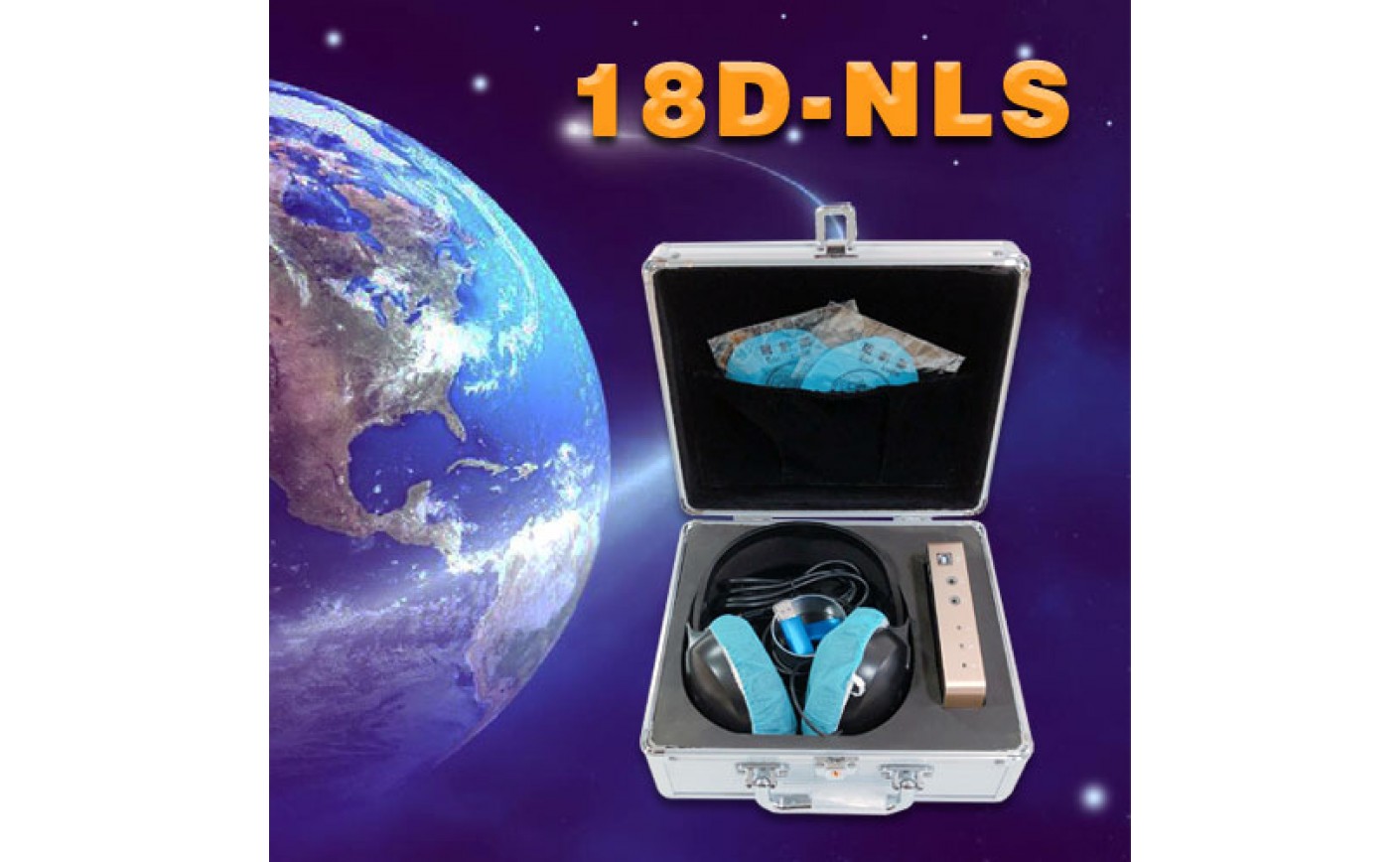The 3D Interface Of 18D-NLS
NLS-research methods in primary diagnostics of diseases of abdominal cavity organs become more and more available. Up to the present moment the NLS-images were in 2D which did not cover the dimensioned interrelation of structures under research. Significant information volume and accuracy increase is required to achieve fundamental improvement in NLS-image quality.
That is why appearance of 18D-NLS systems with 3D pictures feasibility became a new development stage of NLS-graphy. The multidimensional reconstruction mode is based on rendering of 3 mutually perpendicular imaging planes of the organ. The advantage of such method is getting of accurate topographic-anatomical interrelations between targeted structures which results in improvement of picture perception.

